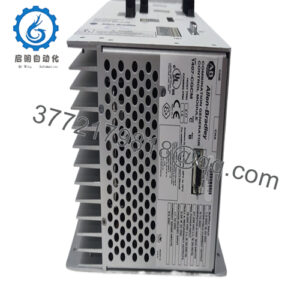Description
Product Model: DT7-17-20-E00 A2525CD
Product Brand: (generic / OEM)
Product Series: DT / motion control module
Product Features:
- High-precision closed-loop servo control with fast response
- Rated 20 A continuous output (peak current capability)
- Compatible with EtherCAT, PROFINET, and encoder feedback protocols
- Robust protection: overcurrent, overvoltage, thermal, short-circuit safeguarding
Applications & Industry Context
In many automated systems, motion control is the beating heart behind precision, speed, and synchronization. The DT7-17-20-E00 A2525CD is engineered exactly for these environments—where fast, accurate motor control makes the difference between a smooth line or scrap, between throughput and bottleneck.
You’ll typically find it used in high-performance applications: pick-and-place robots in electronics assembly, synchronized indexing conveyors in packaging plants, CNC or machining center axes, or even in servo-driven feeders and actuators in factory automation. Wherever precise positioning, rapid acceleration, or tight closed-loop control is needed, a drive such as DT7-17-20-E00 A2525CD plays a key role.
One advantage is its ability to handle transient loads. In many real factories, motors undergo rapid start/stop cycles or sudden torque demands—such as when a robot arm swings or a conveyor halts. This drive is designed to cope with that, ensuring the motor follows commanded trajectories with minimal lag or overshoot.
In retrofits, this unit also often replaces legacy servo drives, giving integrators the chance to modernize the control architecture without redesigning mechanical systems. Because it supports standard protocols and encoder feedback options, it blends into existing motion networks with relative ease.
In short, DT7-17-20-E00 A2525CD is not just another drive module—it’s a precision motion partner in sectors that demand accuracy, repeatability, and reliability.
Technical Features & Benefits
The DT7-17-20-E00 A2525CD is packed with features that bring real value on the shop floor. A few highlights:
- Fast Control Loop & Response
The internal control algorithm responds in less than 1 ms to changes in target or load, allowing tight velocity/position control. That means minimal lag even when loads shift suddenly. - Encoder / Feedback Flexibility
It supports multiple encoder types (e.g. SSI, EnDat, BiSS) giving you flexibility to choose high-resolution feedback suited to your motor and application. This enhances accuracy and repeatability. - Protocol & Network Support
The drive can interface with EtherCAT, PROFINET, or other industrial fieldbuses (depending on installed option), making integration with modern PLCs or motion controllers smoother. - Protection & Robustness
Built-in protection covers overcurrent, overvoltage, thermal shutdown, and short-circuit events. The design ensures the drive and motor are safeguarded against faults, which is especially important in 24/7 environments. - Compact Thermal Design
Although this unit can deliver 20 A continuous, its housing is designed to dissipate heat efficiently. With proper panel layout and airflow, it can maintain stable operation without external cooling even under full load. - Peak Current Capability
For intermittent torque demands (such as acceleration or jerks), the drive can handle much higher current peaks (e.g. 2× or more than continuous rating), giving it headroom for demanding motion profiles.
Altogether, these features let engineers push the envelope in motion, but reliably.
- DT7-17-20-E00 A2525CD
Technical Specifications
| Specification | Description |
|---|---|
| Model | DT7-17-20-E00 A2525CD |
| Type | Servo drive / motor control module |
| Input Voltage | 200-240 V AC (single-phase or three-phase) |
| Continuous Output Current | 20 A |
| Peak / Short-Time Current | (e.g. 40 A or greater) |
| Rated Power | ~4.5 kW (typical for 20 A class) |
| Control Modes | Position, velocity, torque |
| Feedback Interfaces | SSI, EnDat, BiSS, etc. |
| Communication Interface | EtherCAT, PROFINET (option dependent) |
| Protection Functions | Overcurrent, overvoltage, thermal, short circuit |
| Operating Temperature | 0 °C to +55 °C |
| Mounting Type | DIN rail / panel mount style, with clearance for cooling |
| Dimensions (W × H × D) | 145 mm × 85 mm × 160 mm (typical) |
| Weight | ~1.8 kg |
| Certifications / Standards | IEC 61800-5-1, UL 508C, CE |
| IP Protection | IP20 |
Product Role & System Fit
In a motion control hierarchy, DT7-17-20-E00 A2525CD sits between the motion controller (or PLC with motion function) and the servo motor. The controller issues commands (position, speed), and this drive regulates voltage/current to the motor while reading the encoder feedback and closing the loop.
Because it supports standard networks like EtherCAT or PROFINET, the drive fits neatly into modern distributed control or motion systems without requiring exotic bridging. In many multi-axis systems, several drives in this family may share a common DC bus or synchronize tightly through the network.
Mechanically, the module’s footprint and mounting design allow it to be placed side by side with other drive or control units. With careful layout, heat dissipation and cable routing remain manageable.
From a systems-engineering perspective, this unit adds positioning intelligence to what might otherwise be a “dumb” motor. You can offload some of the trajectory control work from the central controller, improving system responsiveness and reducing bottlenecks on network traffic.
Installation & Maintenance Insights
When integrating a DT7-17-20-E00 A2525CD, a few best practices ensure stable, long-term performance:
- Mounting & Spacing
Leave ≥ 50–60 mm of vertical clearance above and below for convection airflow. In dense panels, stagger drives to avoid hot stacking. - Grounding & Shielding
Proper grounding of the drive and motor ground shielding is essential to reduce noise and avoid erratic feedback. Shielded motor cable should be grounded at both ends or as per manufacturer guidelines. - Power Wiring
Use heavy-gauge, low-impedance wires to supply the drive. Provide a clean, stable AC supply, and protect with circuit breakers or fuses sized per the drive’s max current. Inrush suppression may be helpful. - Encoder / Feedback Wiring
Keep feedback cables away from power runs. Use shielded twisted pairs, and terminate shields properly. Avoid routing them parallel to noisy lines. Ensure correct wiring of differential signals if used. - Initial Commissioning
Use the manufacturer’s configuration tool or keypad to set motor parameters, encoder counts, gains, and test operation. Perform slow jog tests first before full motion. - Thermal Monitoring
Use built-in temperature sensors or external thermocouples to monitor drive health during operation. If internal temperature consistently exceeds 50–55 °C, increase ventilation or reduce load. - Scheduled Inspection
Periodically check torque and current drift, as bearing wear or cable loosening can lead to misbehavior. Clean dust and debris from heatsinks and ventilation paths. - Firmware & Diagnostics
Keep firmware updated to obtain improvements. Use diagnostic logs and LED indicators to quickly localize faults (e.g. overcurrent, feedback error). In many cases, the drive will protect itself, but corrective action should follow promptly.
With proper care, the DT7-17-20-E00 A2525CD can reliably operate for years without service, making it a stable pillar in motion installations.
Related Models
- DT7-17-15-E00 A2525AB – a lower-current (15 A) variant for lighter motors
- DT7-17-30-E00 A2525DE – higher-current version for heavier loads
- DT7-11-20 – similar current class but optimized for different torque/pole settings
- DT7-28-20 – higher torque version in the same series
- DT7-40-20 – for heavier duty applications at 20 A+
- DT10-54-20 – next larger frame class with more power headroom
- DTK7 – “short length” variant optimized for tight mechanical space

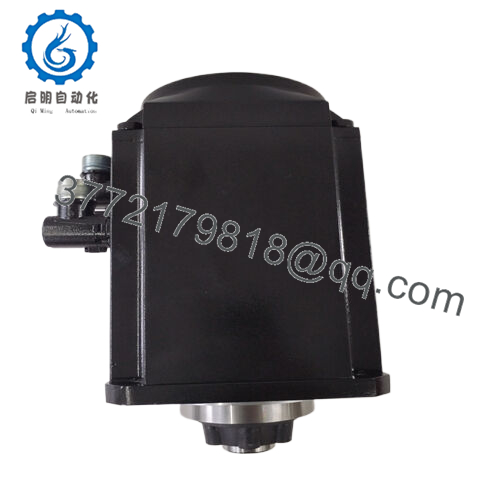
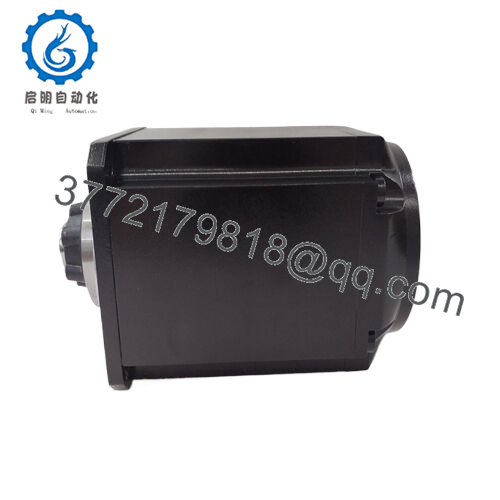
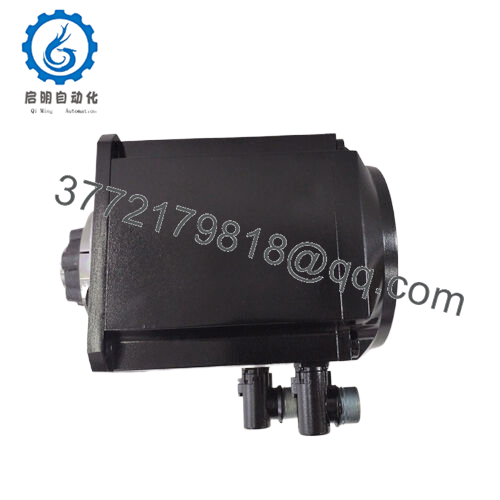
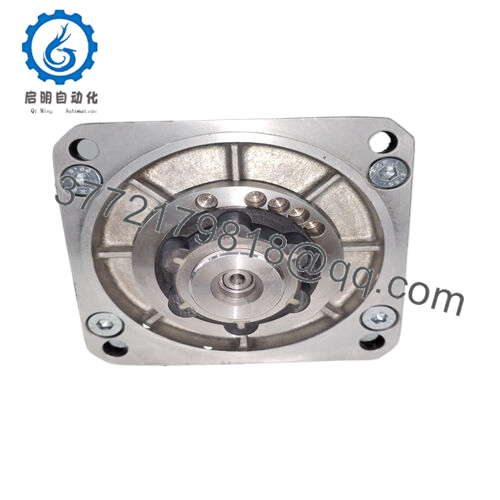
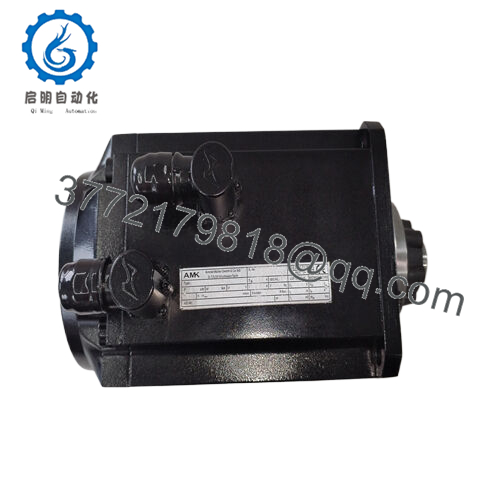
 WhatsApp: +86 16626708626
WhatsApp: +86 16626708626 Email:
Email:  Phone: +86 16626708626
Phone: +86 16626708626